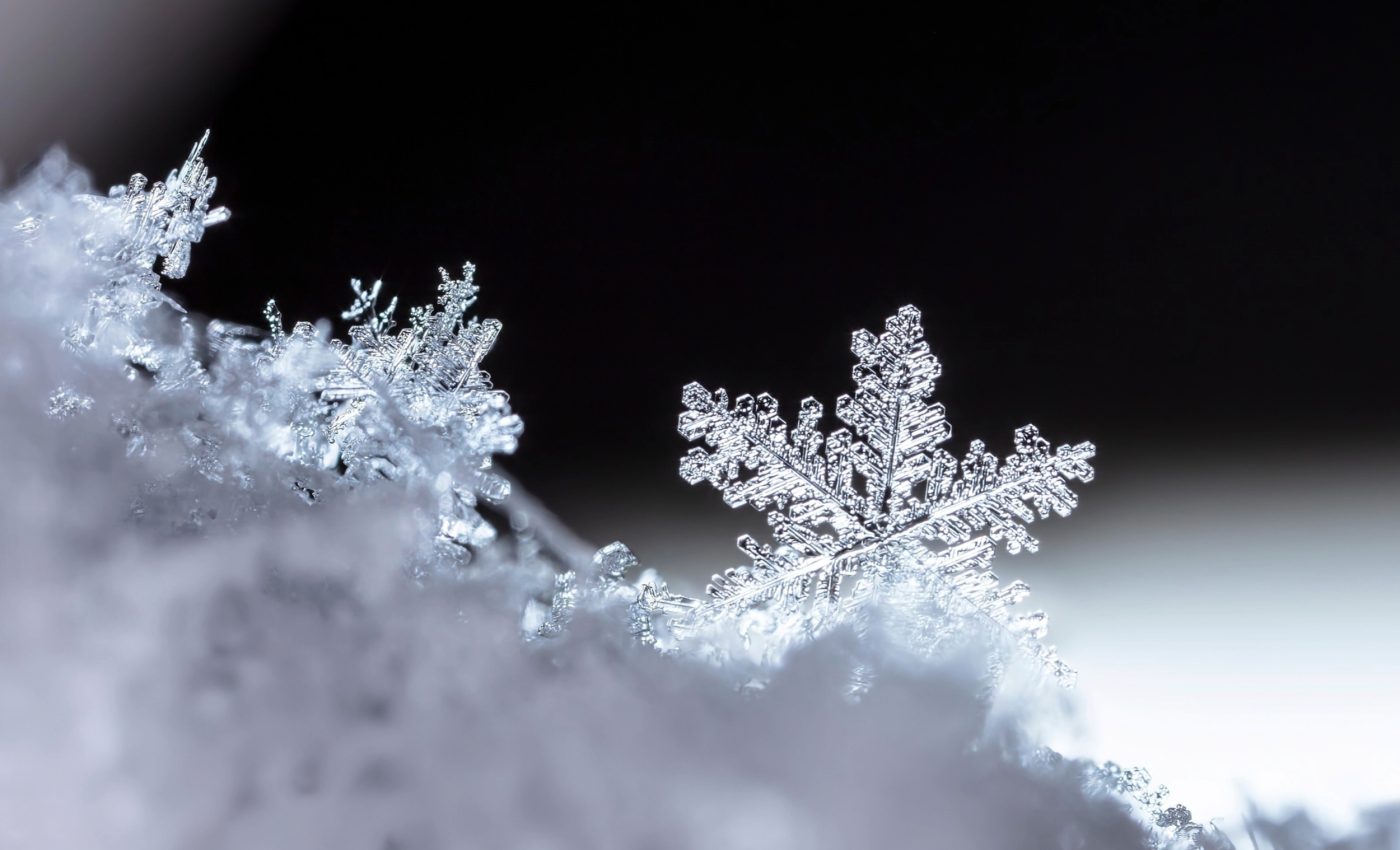
Snowflake patterns can help predict rainfall
A recent study exploring snowfall patterns could greatly improve weather forecasts. The researchers have observed the physical motion of falling ice crystals, or as we like to call them, snowflakes.
Insights from the study are set to improve estimates on when snowflakes morph into raindrops, a critical stage in the formation of various types of rain.
Snowflake patterns and rainfall
The experiment involved scientists observing how 3D-printed snowflakes fell in a substance imitating the atmosphere. The research was led by Jennifer Stout, a scientist at the University of Reading.
“Watching snow gently falling can be mesmerizing, so it has been a joy to uncover the ways in which different ice crystal shapes pirouette and zigzag on their downwards journey,” said Stout.
“Understanding the dance of a snowflake is not only beautiful but can help us understand the reflectivity of clouds. Each snow crystal in a cloud acts like a tiny mirror, reflecting and refracting the light that passes through it.”
Choreography of an entire cloud
Stout said that by predicting the choreography of an entire cloud, we could better improve our understanding of the atmosphere and the processes which lead to rain and snow.
“This intricate coordination of snowflakes can also create a big visual impact, causing stunning phenomena such as sun dogs and ice halos.”
Experimenting with printed snowflakes
In this experiment, the team used variously shaped 3D-printed “snowflakes,” ranging from plain hexagonal plates to multi-pronged dendrites.
These were then dropped through a tank filled with a water-glycerine mixture, an ingenious imitation of atmospheric conditions.
Stout and her team captured the snowflakes’ descent using high-speed cameras, and reconstructed their three-dimensional trajectories and orientations.
Diverse behaviors of snowflakes
This study unveiled four main types of ice-crystal motion – stable, zigzag, transitional, and spiraling. Interestingly, complex shapes like dendrites maintained a stable falling motion, while simpler shapes wavered much earlier.
The implications of this research extend far beyond scientific curiosity. By understanding the diverse behaviors of snowflakes and rain drops during their descent, meteorologists can refine the models used to predict weather patterns more accurately.
Currently, much of weather forecasting relies on broad estimations that do not account for the microscopic variations within cloud formations.
Snowflake shapes and rainfall
With the newfound knowledge of how different snowflake shapes influence their journey and subsequent transformation into rainfall, it becomes possible to make more precise forecasts, particularly in predicting precipitation types and amounts.
This could have substantial benefits for agriculture, aviation, and emergency planning, where precise weather forecasts are crucial.
Beyond immediate weather forecasting, the study’s insights may also have significant ramifications for climate science.
As snowflakes and rain play a critical role in atmospheric processes like cloud formation and solar radiation reflection, understanding their dynamics provides clues into larger climate systems.
Weather patterns over time
The behavior of snowflakes can affect how clouds form and dissipate, influencing global temperature distributions and possibly altering weather patterns over time.
Moreover, these understandings could be integral in studying climate change impacts, as models accounting for these micro-level details are likely to provide a more accurate picture of long-term climate dynamics.
By offering a more nuanced understanding of these fundamental processes, Stout’s research is poised to be a pivotal piece in the broader puzzle of comprehending and responding to our changing planet.
Revolution in weather forecasting
These discoveries have massive implications for weather forecasting. A better understanding of how different ice crystal shapes of snowflakes move and orient themselves will help meteorologists interpret weather radar signals more accurately.
Ultimately, the research will lead to a better estimation of when ice turns into rain. This means improved predictions of rain onset, location, and volume.
Going a step further, the study’s findings could potentially enhance our understanding of how clouds reflect sunlight and trap heat in the atmosphere – an invaluable insight for refining climate models and long-term weather forecasts.
So, the next time you witness the calm descent of snowflakes, remember there’s a whole lot more to their dance than meets the eye.
The study is published in the journal Atmospheric Chemistry and Physics.
—–
Like what you read? Subscribe to our newsletter for engaging articles, exclusive content, and the latest updates.
Check us out on EarthSnap, a free app brought to you by Eric Ralls and Earth.com.
—–













